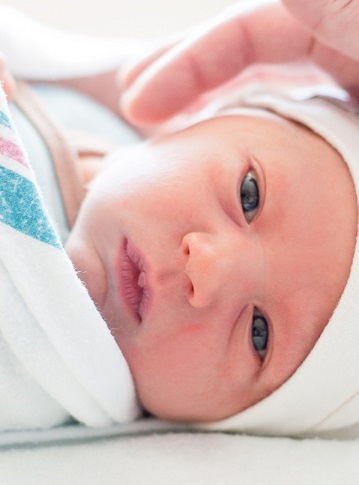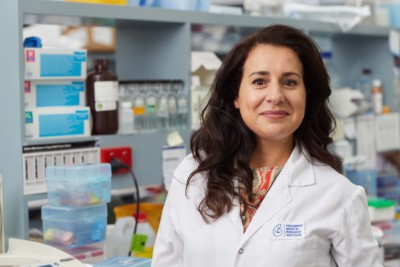Gene therapy for spinal muscular atrophy might have a high up-front price tag. But by screening and treating infants early, the therapy can save both lives and money in the long term.
New research from UNSW Sydney’s Centre for Big Data Research in Health shows that testing all Australian newborns for this disease, and using the gene therapy for early treatment, is still cheaper in the long run than our current treatment methods – and better yet, it will help save lives.
The study, funded by Luminesce Alliance, was published last week in the Journal of Neurology, Neurosurgery, and Psychiatry – and it has important implications for Australian policy development and implementation.
Read more about the work that was conducted by the lead author of the study Dr Sophy Shih, a health economist from UNSW Medicine & Health and co-author Associate Professor Michelle Farrar, a paediatric neurologist based at UNSW and Sydney Children’s Hospital, here.



